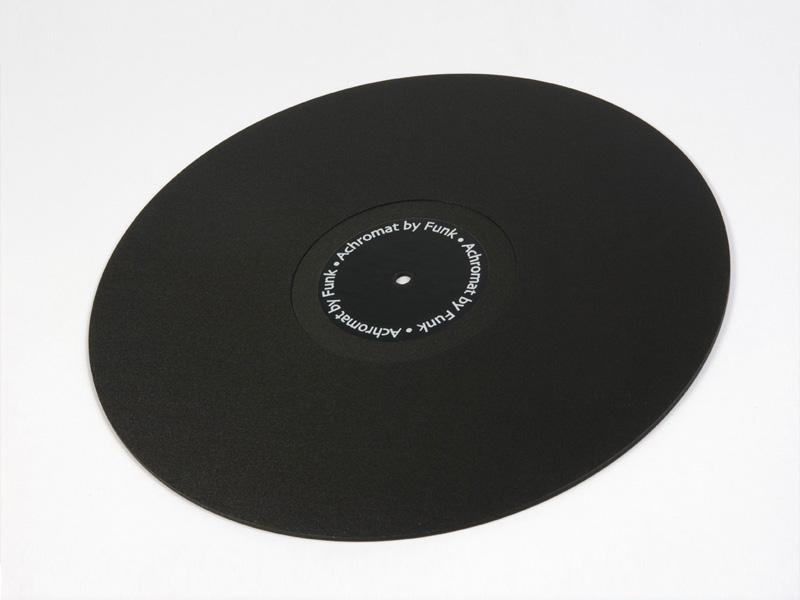TechRadar Verdict
A very impressive upgrade on metal platters, this mat has some benefits on plastic platters, though some may prefer the bass without it.
Pros
- +
A very impressive upgrade on metal platters
- +
Has some benefits on plastic platters
Cons
- -
Some may prefer the bass without it on plastic platters
Why you can trust TechRadar
The Funk Firm arose from the ashes of Pink Triangle, the late lamented purveyor of turntables designed to be as near non-resonant as possible, and the Achromat turntable mat is their attempt at reducing resonance.
Funk's brief is similar, but its range more diverse and this mat is a product intended principally to benefit non-PT/Funk turntables.
The name derives from 'achromatic', meaning colourless, which gives a clue as to the claims made for the sound. This is achieved by using a foamed-plastic material which rapidly turns vibrational energy into heat, hence avoiding resonance.
The mat is hard and fairly stiff and is available in 3mm (as tested) and 5mm thicknesses, the latter £5 dearer. There's a recess for the label to ensure the LP contacts the mat properly.
We found that the effects of the Achromat are most pronounced on a metal platter, as expected, but it does also work on plastic platters. In the latter case, it gives a slight improvement in detail and stability of imaging, but its effect on the bass is not necessarily going to be to everyone's taste – it tends to become slightly lighter and 'faster'.
On a metal or glass platter, replacing the usual felt or rubber mat, the Achromat gives a sound that is indeed considerably less coloured and also distinctly more detailed than before.
Voices seem more natural and large ensembles of instruments are very well-defined and differentiated. Bass is roughly similar in weight and extension, but has less overhang and tonality is given a lift in precision across the frequency range.
Follow TechRadar reviews on Twitter: http://twitter.com/techradarreview
